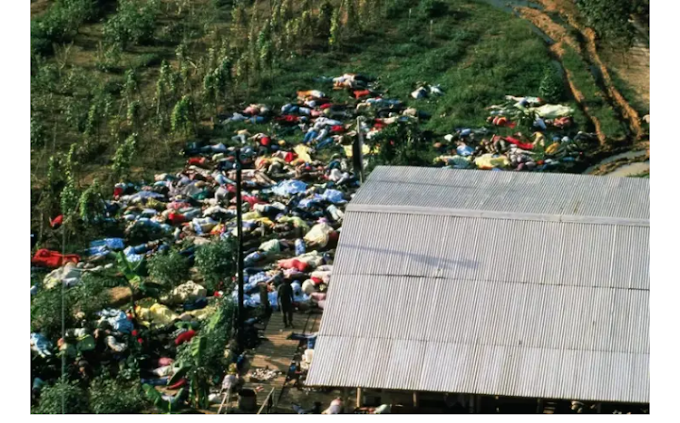.
Introduction.
Grasslands are areas where vegetation is dominated by grasses. They are found in areas where there is not enough regular rainfall to support the growth of a forest. In addition, wildland fires, and grazing by animals are some of the factors that maintain grasslands. However, they are not deserts, they lie between forests and deserts. They are generally flat and they are found on almost all continents. An example is shown below.
The two different types of grasslands are savannahs and temperate grasslands
.Savannahs are present in areas that have a warm climate with a rainy season and a dry season. Temperate grasslands, on the other hand, are found in areas rich in soil that yields abundant growth of grasses.
Some of the factors that exert pressure on the grasslands are like; Conversion of grasslands to agricultural lands, overstocking, monocropping, use of toxic pesticides, the spread of invasive species, continued global warming, and the development of urban areas. And many others as discussed below;
CONVERSION OF GRASSLANDS TO AGRICULTURAL LANDS: Large areas of grassland habitat have been converted to agriculture, whose spread has often left remaining patches surrounded by a sea of crop fields, irrigated pastures, vineyards, and orchards. In addition, converting grassland to cropland, for example, may result in the loss of wildlife habitat, increased soil erosion and sedimentation, and higher levels of nutrient runoff and leaching to the surface and groundwater, respectively. All this are as a result of population growth. Therefore leading to the interference of the grasslands.
INCREASED GLOBAL WARMING: Human activities in land use and land cover such as deforestation, urbanization, and shifts in vegetation patterns alter the climate, resulting in changes to the reflectivity of the Earth's surface, emissions from burning forests, and urban heat island effects which leads to global warming. Global warming endangers the stability of grassland habitats. This is because rising temperature reduces rainfall amount accelerating grasslands to become deserts.
URBANIZATION: Throughout many areas of the world, grasslands occupy valley bottoms and other habitats of low topographic position, or generally, gently sloping areas which are the most accessible and suitable areas for development. As a result, they have been especially vulnerable to grassland habitat loss due to urbanization. For example, the vulnerable Rand Highveld Grassland vegetation unit in the Tlokwe Municipal area, South Africa, has been extensively affected and transformed by urbanization, agriculture, and mining.
OVERSTOCKING: It is the keeping of large herds of animals in an area than it can withstand. Overstocking leads to the exhaustion of pastures and natural grass which exerts pressure on grasslands due to continuously overgrazing. In other words, it certainly leads to a rapid deterioration of both herbage production and species composition. For example the deterioration of South African grasslands and, in the Tall Grassveld of Natal.
MONOCROPPING: This is the growth of only one type of crop at a time which depletes the nutrient of the soil. Further, because grasslands thrive off of the biodiversity of plants and animals, monocropping that provides only a single type of plant tends to weaken the grassland habitat and increases susceptibility to natural disasters.
USE OF TOXIC PESTICIDES: in somewhere land preparation is done using chemicals for land reclamation, and the technology used might be dangerous to the world's natural grass. Places like miombo woodlands in Tanzania are occupied by tsetse flies, for the land to be made useful for use, people often use chemicals which may lead to the killing of the grasslands.
INVASIVE GRASS SPECIES: due to the keeping of large herds of animals in some communities, like the Maasai community, there exist movement of livestock from place to place in search of pasture. Through this, weeds may be transferred by the cattle from place to place. The weeds invade grasslands where they have never been before and cause dramatic changes in these ecosystems. They contribute to the loss of habitats and biodiversity by affecting the processes of succession. Grasslands face the greatest threat from invasive weeds. A land dominated by invasive weeds has accelerated soil erosion and surface runoff, hence the pressure on grasslands.
Examples of the weeds are; skeleton weed, white top, leafy spurge, Japanese knotweed, hawkweeds spp, spotted knapweed, etc.Therefore the above factors are some of the pressures exerted on the grasslands, and all these factors originate from human beings on the earth's surface. However, the factors or rather the threats or pressures can be reduced in different many ways some of which are discussed as follows;
Continue education efforts, particularly among farmers, on how to protect the soil and prevent soil erosion.
Conduct controlled dry season burning to stimulate fresh plant growth and to restore calcium to the soil that builds up in the dry grasses. Some species of native plants need occasional fire to thrive, while blazes can also help remove invasive species.













.jpg)










.jpg)









